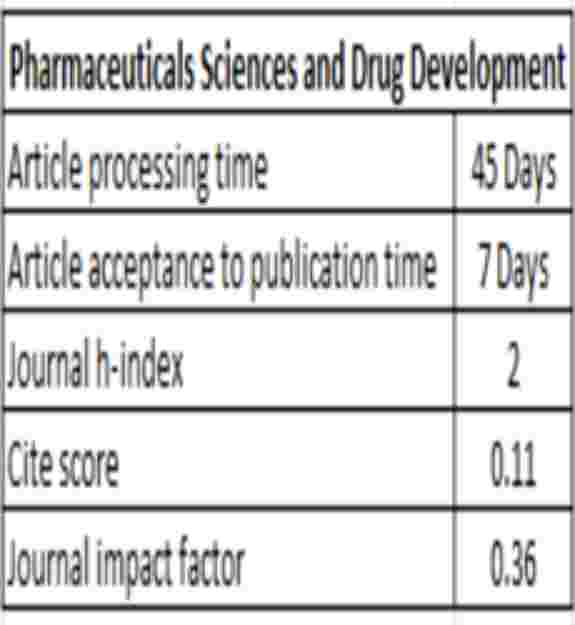

Biotransformation is the process by which substances that enter the body are changed from hydrophobic to hydrophilic molecules to facilitate elimination from the body. This process usually generates products with few or no toxicological effects. Biotransformation’s sometimes yield toxic metabolites, through a process known as bioactivation. The chemical reactions responsible for changing a lipophilic toxicant into a chemical form are known as Phase I and Phase II biotransformation’s. The two groups are defined based on the reactions that are catalyzed. Phase I reactions transform hydrophobic chemicals to more polar products via oxidation, hydrolysis, or similar reactions. Phase II processes involve conjugation reactions that add polar functional groups, such as glucose or sulfate, to the Phase I products, to produce what are often even more polar metabolites. Thus, these become even more water soluble and can be readily excreted. Many biotransformation enzymes exhibit broad substrate specificity, providing a mechanism for enhancing the excretion of a wide range of hazardous compounds